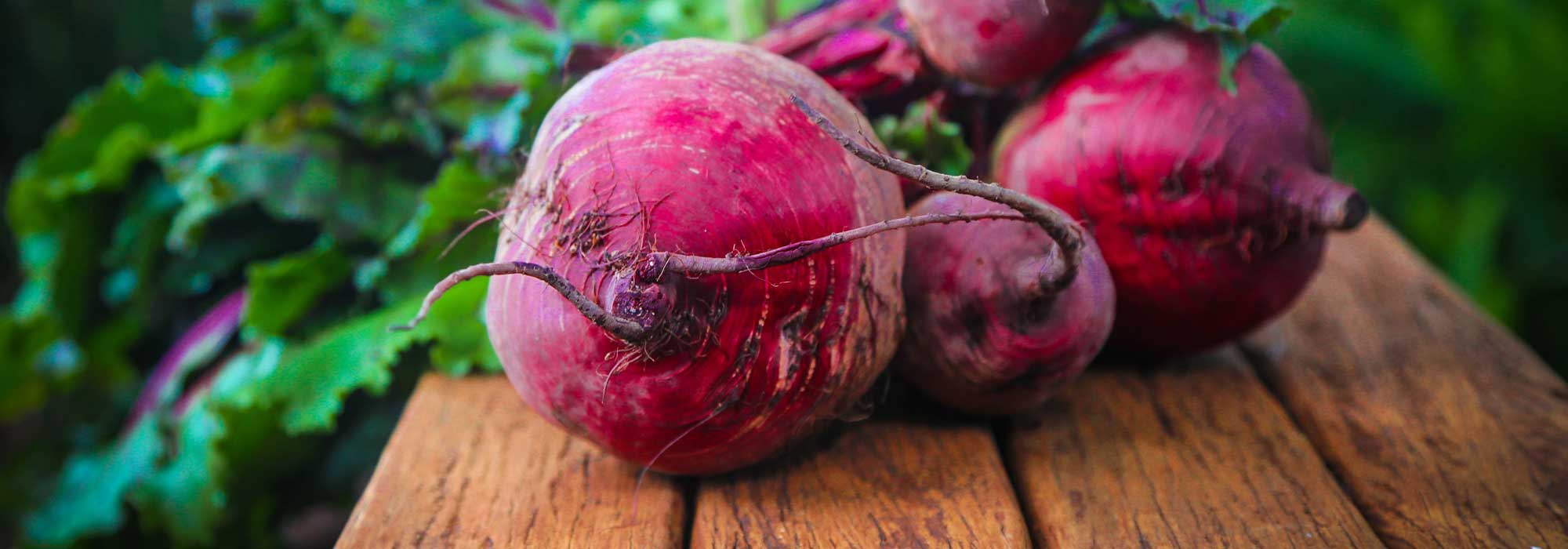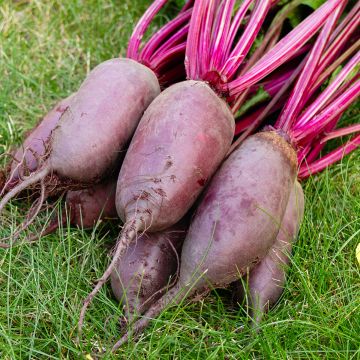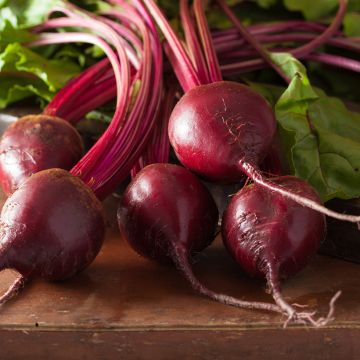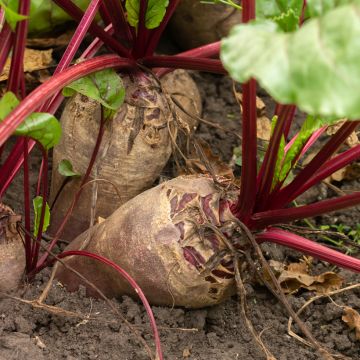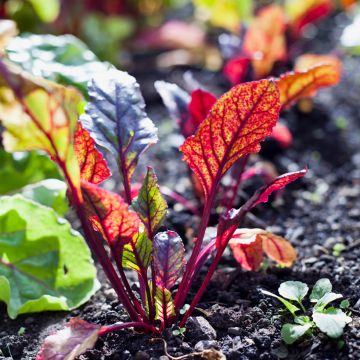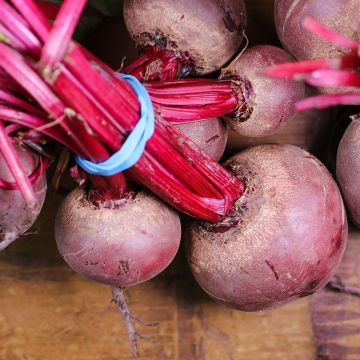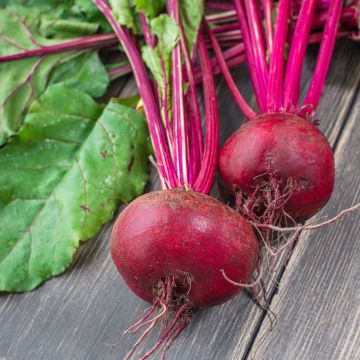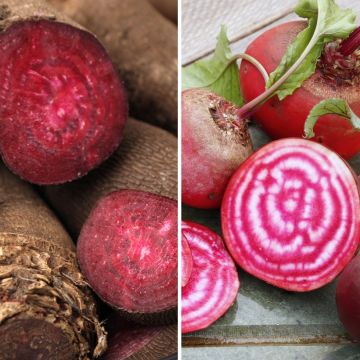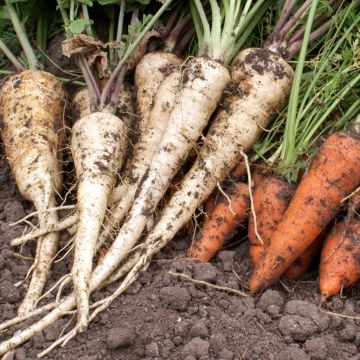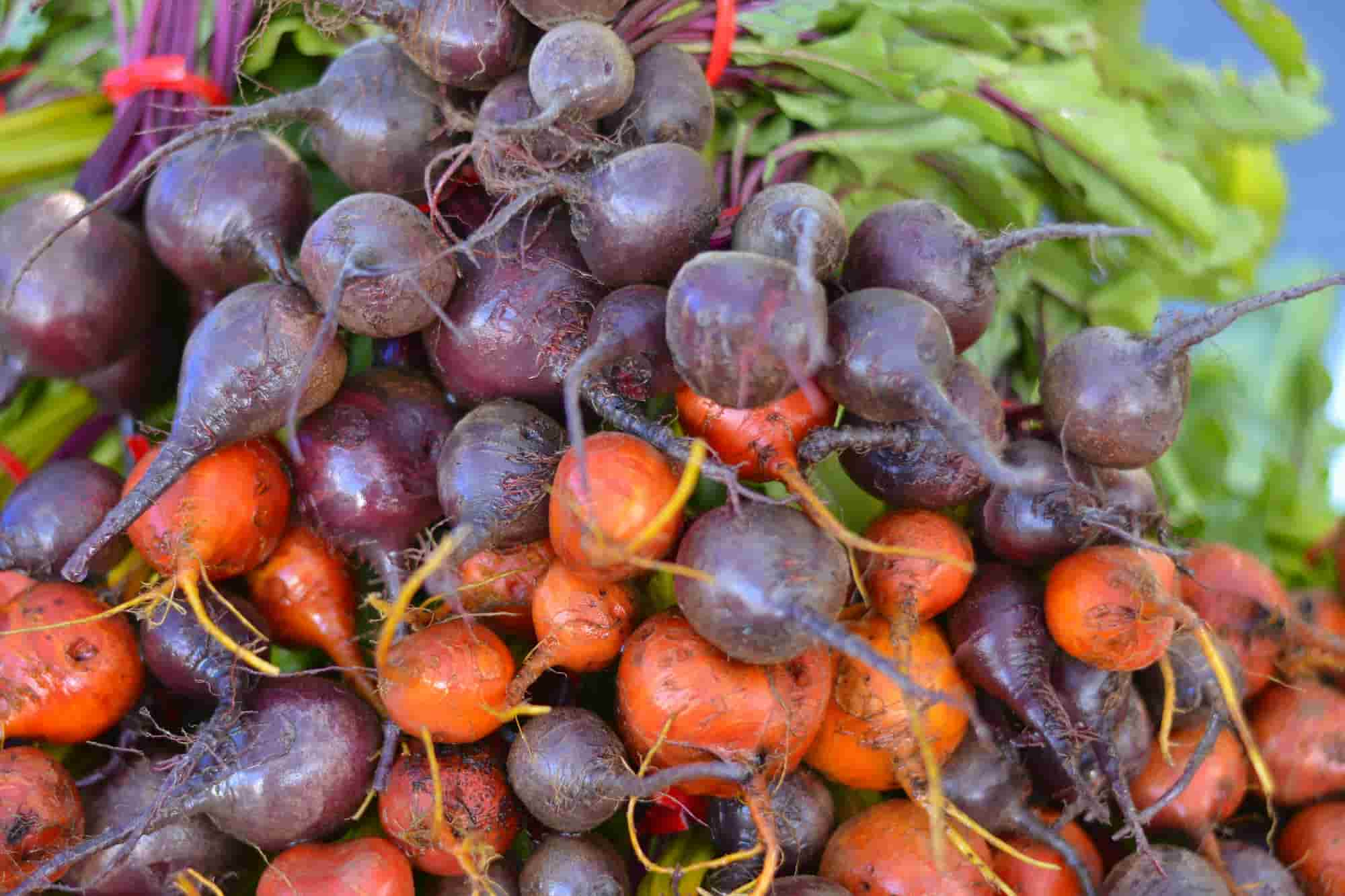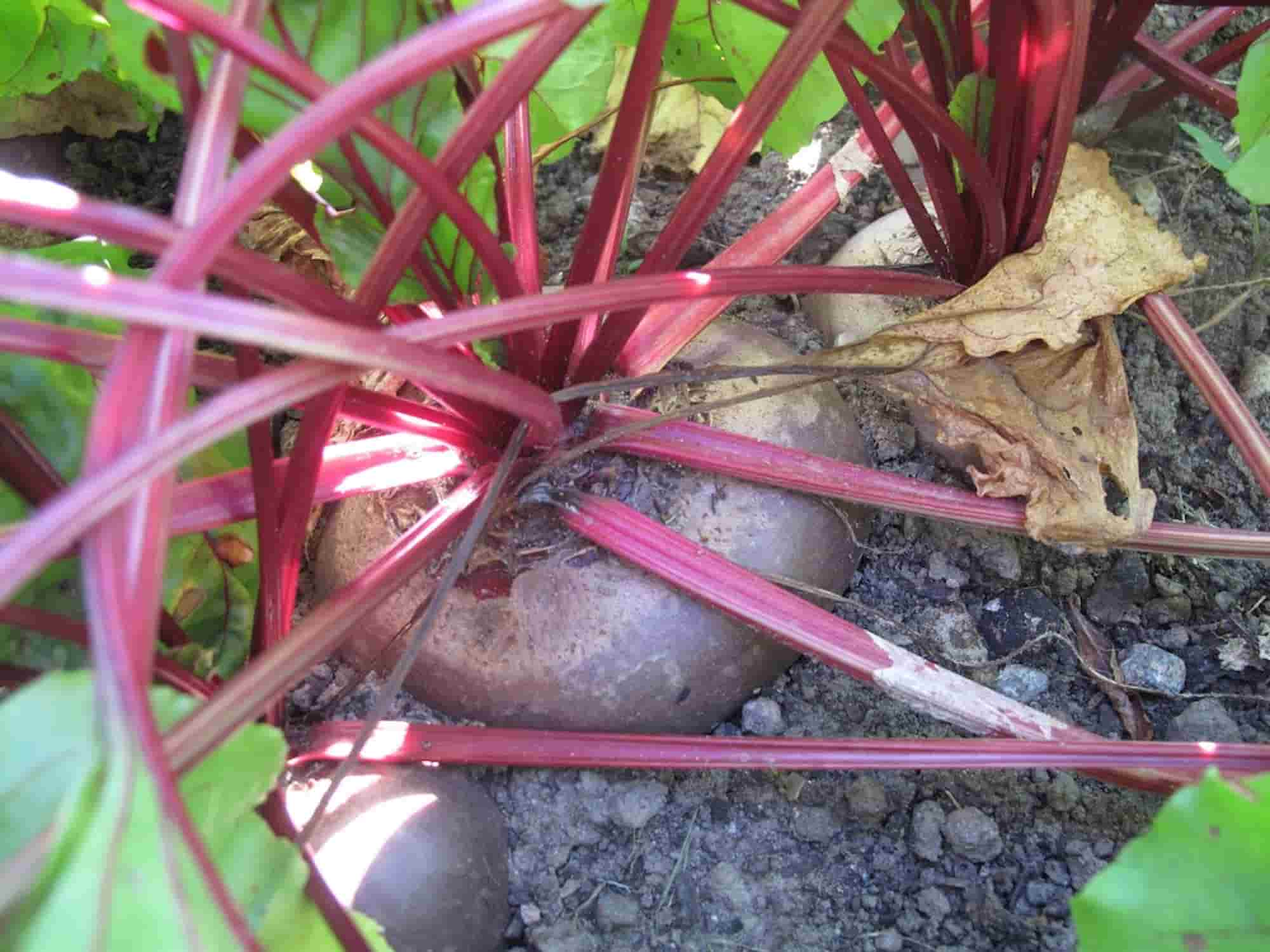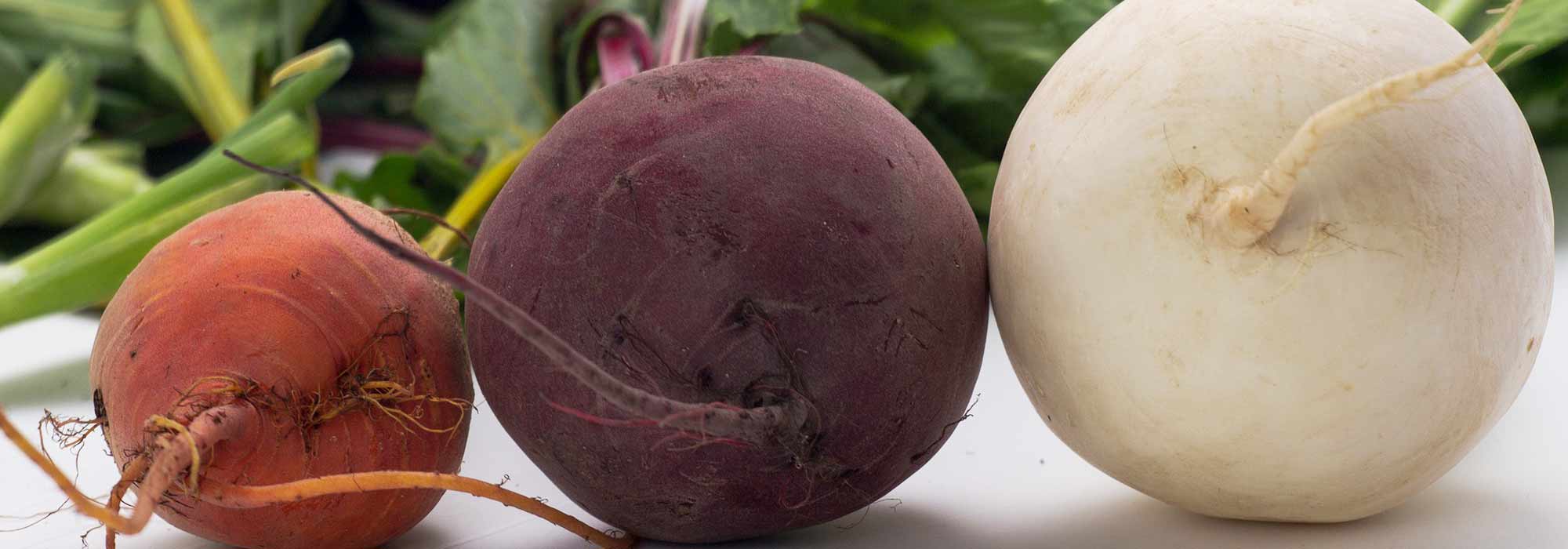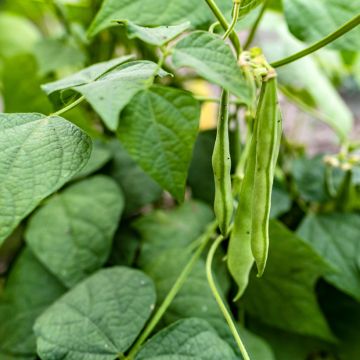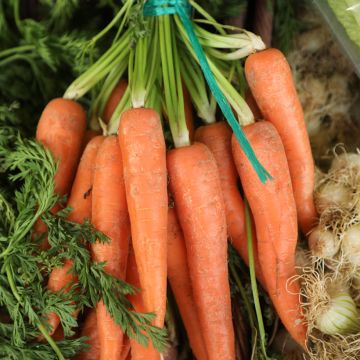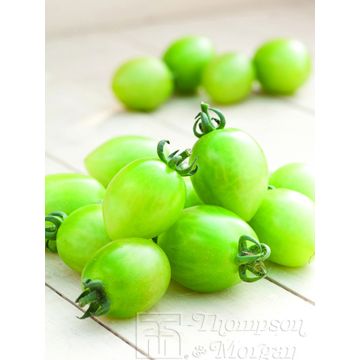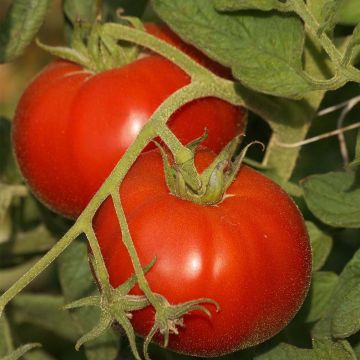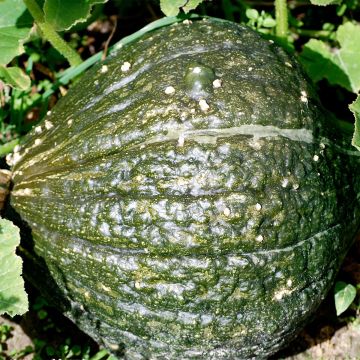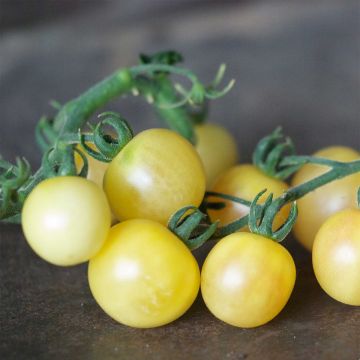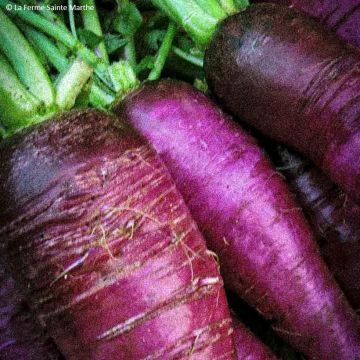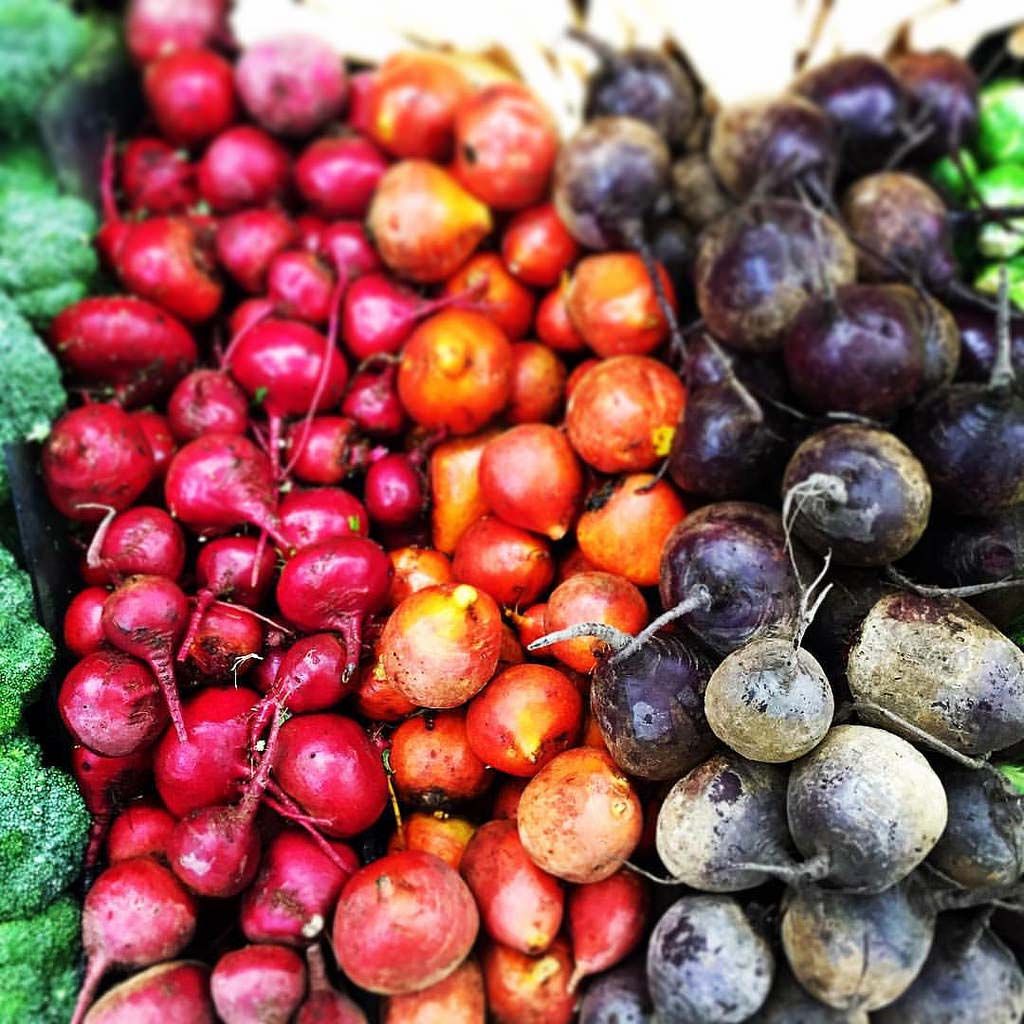

Rainbow Beet Beetroot - Beta vulgaris
Rainbow Beet Beetroot - Beta vulgaris
Beta vulgaris Rainbow Beet
Beet, Beetroot
Special offer!
Receive a €20 voucher for any order over €90 (excluding delivery costs, credit notes, and plastic-free options)!
1- Add your favorite plants to your cart.
2- Once you have reached €90, confirm your order (you can even choose the delivery date!).
3- As soon as your order is shipped, you will receive an email containing your voucher code, valid for 3 months (90 days).
Your voucher is unique and can only be used once, for any order with a minimum value of €20, excluding delivery costs.
Can be combined with other current offers, non-divisible and non-refundable.
Home or relay delivery (depending on size and destination)
Schedule delivery date,
and select date in basket
This plant carries a 6 months recovery warranty
More information
We guarantee the quality of our plants for a full growing cycle, and will replace at our expense any plant that fails to recover under normal climatic and planting conditions.
Description
The Rainbow Beet is a biennial vegetable plant that grows up to 30 cm (12in) tall and is a mix of 5 different coloured varieties. It is grown for its round, elongated, or flattened roots with smooth skin and a sweet taste, ideal for raw or cooked salads and juice. Sowing period is from April to May for a harvest 3 to 4 months later.
Beetroot is said to have arrived in France in the 15th century from Italy. The beetroot root is generally consumed cooked (boiled, steamed, or baked), and is often prepared in salads, sliced alone or mixed. It can be eaten raw, grated in salads, or mixed with carrots or celeriac. Beetroot has appetizing, nutritious, and refreshing properties, containing vitamins A, B1, B2, C, E, PP, as well as calcium, iron, and magnesium.
The dark green leaves with garnet veins are delicious when prepared in mesclun or cooked like spinach. Prefer young shoots during thinning, they will be more tender.
Beetroot requires normal fertilization (3kg/m²) with well-decomposed manure and compost in late autumn or early spring. Foliar fertilization with lithothamnium should be done every three weeks or so.
The yield of this beetroot variety ranges from 1.5 to 4 kg per m2.
Harvest and storage: Early varieties should be harvested as needed. The harvest of late varieties, grown for storage, takes place at the end of October. Cut the roots and leaves and let them dry in the sun on the ground for a day. Store the beetroots in a cellar, they will keep until the end of April.
Gardener's tip: Hoe and weed. Mulch in case of drought.
Harvest
Plant habit
Foliage
Botanical data
Beta
vulgaris
Rainbow Beet
Chenopodiaceae
Beet, Beetroot
Cultivar or hybrid
Biennial
Other Beetroot seeds
View all →Planting and care
In early cultivation: sowing will be done from late February to April, in pits in crates. The seeds are assembled in glomerules so that several plants will emerge. Transplanting is usually done at the time of the first sowings in place, that is, in April. When the seedlings reach 10 cm (4in) and/or five leaves, they will be positioned in open ground, spacing them 20 to 25 cm (8 to 10in) apart and selecting the most vigorous ones. This method allows for harvesting from May to July.
In seasonal cultivation: sow from mid-April to July directly in open ground. Beets like cool and loose soils. Start by loosening the soil with a rake. Add some ash if necessary, as beets require a lot of potash. Then add well-rotted manure or compost in the furrows. Once the seedlings reach 10 cm (4in) and/or five leaves, thin them out by spacing them 20 to 25 cm (8 to 10in) apart. If you opt for multiple rows of beets, space them 20 to 25 cm (8 to 10in) apart, selecting the most vigorous ones. Harvesting will take place from July to October.
Cultivation: water regularly in hot and dry weather to prevent the root from lignifying (hardening). Beets do not associate well with leeks. However, they can be successfully planted with lettuce, onions, or radishes. Beets are hardy and very resistant to diseases.
Harvest: in spring, when thinning out the plants, keep the young leaves to consume them in mixed salads. Otherwise, with a planting in April, you will obtain your first beets as early as July. Harvesting will continue until October for sowings in July.
Seedlings
Care
Intended location
Planting & care advice
This item has not been reviewed yet - be the first to leave a review about it.
Similar products
Haven't found what you were looking for?
Hardiness is the lowest winter temperature a plant can endure without suffering serious damage or even dying. However, hardiness is affected by location (a sheltered area, such as a patio), protection (winter cover) and soil type (hardiness is improved by well-drained soil).

Photo Sharing Terms & Conditions
In order to encourage gardeners to interact and share their experiences, Promesse de fleurs offers various media enabling content to be uploaded onto its Site - in particular via the ‘Photo sharing’ module.
The User agrees to refrain from:
- Posting any content that is illegal, prejudicial, insulting, racist, inciteful to hatred, revisionist, contrary to public decency, that infringes on privacy or on the privacy rights of third parties, in particular the publicity rights of persons and goods, intellectual property rights, or the right to privacy.
- Submitting content on behalf of a third party;
- Impersonate the identity of a third party and/or publish any personal information about a third party;
In general, the User undertakes to refrain from any unethical behaviour.
All Content (in particular text, comments, files, images, photos, videos, creative works, etc.), which may be subject to property or intellectual property rights, image or other private rights, shall remain the property of the User, subject to the limited rights granted by the terms of the licence granted by Promesse de fleurs as stated below. Users are at liberty to publish or not to publish such Content on the Site, notably via the ‘Photo Sharing’ facility, and accept that this Content shall be made public and freely accessible, notably on the Internet.
Users further acknowledge, undertake to have ,and guarantee that they hold all necessary rights and permissions to publish such material on the Site, in particular with regard to the legislation in force pertaining to any privacy, property, intellectual property, image, or contractual rights, or rights of any other nature. By publishing such Content on the Site, Users acknowledge accepting full liability as publishers of the Content within the meaning of the law, and grant Promesse de fleurs, free of charge, an inclusive, worldwide licence for the said Content for the entire duration of its publication, including all reproduction, representation, up/downloading, displaying, performing, transmission, and storage rights.
Users also grant permission for their name to be linked to the Content and accept that this link may not always be made available.
By engaging in posting material, Users consent to their Content becoming automatically accessible on the Internet, in particular on other sites and/or blogs and/or web pages of the Promesse de fleurs site, including in particular social pages and the Promesse de fleurs catalogue.
Users may secure the removal of entrusted content free of charge by issuing a simple request via our contact form.
The flowering period indicated on our website applies to countries and regions located in USDA zone 8 (France, the United Kingdom, Ireland, the Netherlands, etc.)
It will vary according to where you live:
- In zones 9 to 10 (Italy, Spain, Greece, etc.), flowering will occur about 2 to 4 weeks earlier.
- In zones 6 to 7 (Germany, Poland, Slovenia, and lower mountainous regions), flowering will be delayed by 2 to 3 weeks.
- In zone 5 (Central Europe, Scandinavia), blooming will be delayed by 3 to 5 weeks.
In temperate climates, pruning of spring-flowering shrubs (forsythia, spireas, etc.) should be done just after flowering.
Pruning of summer-flowering shrubs (Indian Lilac, Perovskia, etc.) can be done in winter or spring.
In cold regions as well as with frost-sensitive plants, avoid pruning too early when severe frosts may still occur.
The planting period indicated on our website applies to countries and regions located in USDA zone 8 (France, United Kingdom, Ireland, Netherlands).
It will vary according to where you live:
- In Mediterranean zones (Marseille, Madrid, Milan, etc.), autumn and winter are the best planting periods.
- In continental zones (Strasbourg, Munich, Vienna, etc.), delay planting by 2 to 3 weeks in spring and bring it forward by 2 to 4 weeks in autumn.
- In mountainous regions (the Alps, Pyrenees, Carpathians, etc.), it is best to plant in late spring (May-June) or late summer (August-September).
The harvesting period indicated on our website applies to countries and regions in USDA zone 8 (France, England, Ireland, the Netherlands).
In colder areas (Scandinavia, Poland, Austria...) fruit and vegetable harvests are likely to be delayed by 3-4 weeks.
In warmer areas (Italy, Spain, Greece, etc.), harvesting will probably take place earlier, depending on weather conditions.
The sowing periods indicated on our website apply to countries and regions within USDA Zone 8 (France, UK, Ireland, Netherlands).
In colder areas (Scandinavia, Poland, Austria...), delay any outdoor sowing by 3-4 weeks, or sow under glass.
In warmer climes (Italy, Spain, Greece, etc.), bring outdoor sowing forward by a few weeks.






























